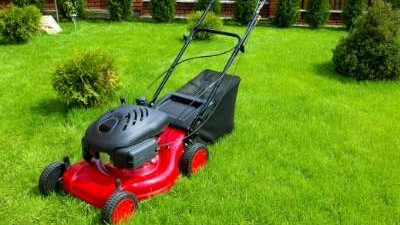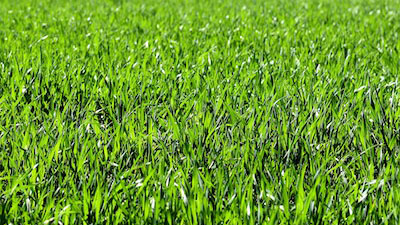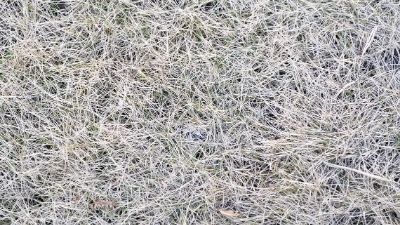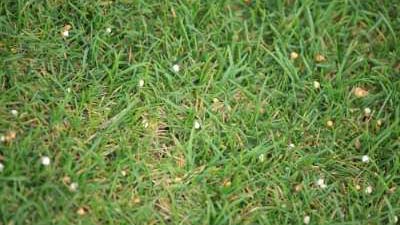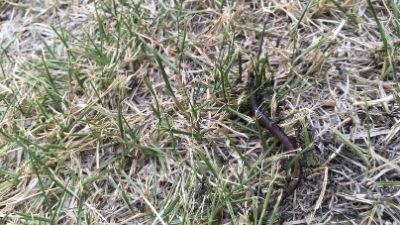Irrigation System Maintenance
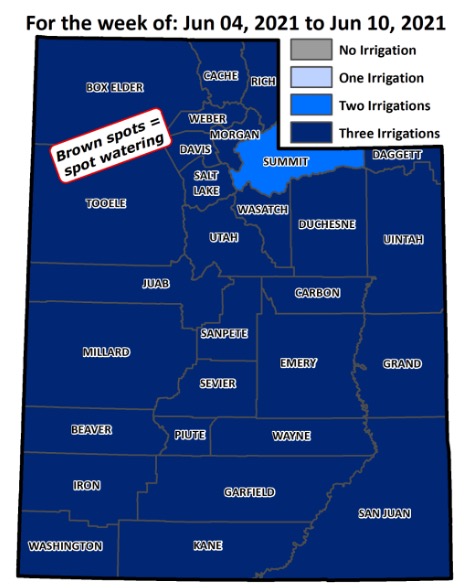
weekly lawn watering guide is available here.
Irrigation system maintenance is necessary to ensure the most efficient water application. Efficient irrigation is important because over two-thirds of the total water used by the average Utah home is applied to the landscape. With the drought cycles that occur in Utah and the growing population, efficient water use is critical. The following maintenance recommendations and accompanying checklists will help you evaluate your irrigation system before use each spring and during the growing season and prepare your system for winter. When appropriate, contact a certified irrigation professional (visit Qualified Water Efficient Landscaper at qwel.net) or visit your local irrigation supply store for needed materials.
Irrigation Controller
Check irrigation controllers at the beginning of each growing season before running the sprinklers for the first time. First, find the controller manual. If the manual has been lost or misplaced, check the manufacturer’s website for downloadable versions or information on how to order one. Becoming familiar with the irrigation controller’s manual will make spring start-up quick and easy. Open the controller’s cabinet and clean out any cobwebs, dirt, or debris. This is also a good time to change the battery and check the wiring for any loose connections. Check all wire connections, including connections for rain or frost sensors, if attached. If rain and frost sensors are not attached to the controller, consider adding them. They are inexpensive, simple to install, and will automatically shut off the irrigation system when a significant amount of rain falls or there is frost. Next, check the time and day showing on the controller and correct them if necessary. This is also the time to set up an irrigation schedule. If the landscape has slopes, sandy, or clay soils, split the irrigation runtime into two or more cycles to avoid runoff or ponding. Also, remember that in the spring and fall less water is needed to keep plants healthy than in the heat of the summer.
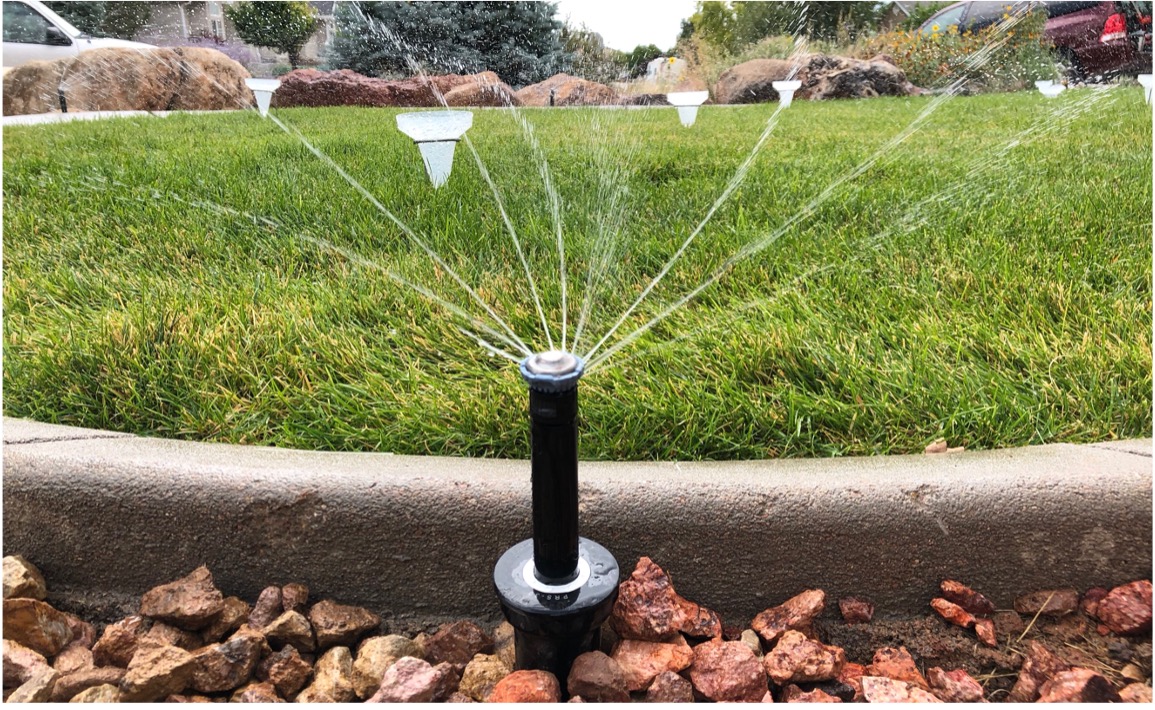
Iron County, UT.
The Utah Division of Water Resources developed a lawn watering guide that utilizes weather station data from across the state (Figure 1). View this weekly lawn watering guide at https://conservewater.utah.gov/weekly-lawn-watering-guide/. The guide assumes that irrigation systems are applying ½ inch of water per irrigation depending on location and soil type. Utah State University’s Water Check Program can help you determine the runtime needed to apply this amount (Figure 2). Program information and online sign up is available at https://cwel.usu.edu/watercheck
Sprinkler System
Once the irrigation schedule is programmed, inspect the sprinkler system by operating the valves and sprinkler heads. Before running the system, remove the nozzle from the last sprinkler head in each line and let the water run for a few minutes to flush out any dirt and debris. Replace the nozzle and turn the system on, running one valve at a time. While the system is running:
- Observe the spray patterns and position of the sprinklers for obvious problems such as clogged or misaligned heads.
- Some sprinkler heads may be tilted (Figure 6), surrounded by grass, or even buried. If not positioned properly, these sprinkler heads will be unable to apply water efficiently.
- Some sprinklers also have built-in filter screens that should be cleaned and replaced if necessary.
- Watch for leaks and misting from sprinkler heads that may indicate high water pressure problems. High pressure problems may be corrected by plumbing a pressure regulator into the sprinkler system. Pressure-regulating sprinkler heads are also available.
Make the necessary adjustments and repairs to the system in order to apply the water as evenly as possible. Flow control on the valves may also be adjusted to fine-tune the system. When this is done, turn the irrigation system on manually to make sure it is operating properly.
Drip System
As with overhead sprinkler systems, flush the drip system before running it by removing the end cap and letting water run through the tubing for a few minutes to flush out any dirt and debris. Replace emitters and run the system, one valve at a time, to check for problems.
- Replace clogged emitters. If the system does not have a water filter, install one.
- Check the placement of emitters. Emitters need to be at the edge of the root ball on new plantings and moved to the drip line (edge of foliage) of established plants.
- Check for emitters that have popped off tubing because of high pressure, and install a pressure regulator if needed.
- Check to see that all emitters are in place. Replace missing and broken emitters to keep your system running efficiently.
- Look for pinched or broken tubing and straighten or replace it. Ensure that all tubing is attached to the appropriate emitters and that connections are secure. When this is done, turn the irrigation system on manually to make sure it operates as programmed.
Winterization
Basic winterization of a sprinkler system is quite simple. Turn off the water supply at the main valve and set the irrigation controller to the “off” setting. Each valve should be turned on to release pressure in the pipes and water should be drained from the system to protect any components that could freeze. Your system may have drain valves that can be opened for drainage, or you may have to blow out the system using pressurized air. If pressurized air is required, you may wish to have your irrigation system blown out by an irrigation professional. Certified irrigation professionals may be located through qwel.net.
The goal of irrigation system maintenance is to create the most efficient irrigation system possible so that water is not wasted on the landscape. While perfect efficiency is impossible to achieve, most irrigation systems can be dramatically improved by regularly following these simple maintenance practices. Examine your irrigation system carefully each spring and several times during the growing season (at least once a month) to keep it operating at peak efficiency. Most importantly, use an irrigation schedule that accounts for plants’ changing needs over the growing season.
Irrigation System Maintenance Checklist
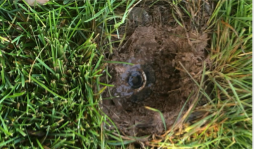
do not rise high enough to spray beyond the lawn
surrounding the sprinkler. To adjust, use a riser
extension to bring the sprinkler to the proper
level.
Pre-Season Checklist
- Locate the manual for your irrigation controller and become familiar with its operation.
- Remove cobwebs and debris from irrigation controller cabinet and valve box. Replace the battery.
- Check all wiring connections for wear and breakage. Repair if necessary.
- Check the time/day settings on your controller to make sure they are correct.
- Set up your irrigation schedule. Refer to the Division of Water Resources weekly lawn watering guide (Figure 1) at https://conservewater.utah.gov/weekly-lawn-watering-guide/.
- Before running the system, remove the last sprinkler head or the end caps on drips lines in each zone. Let the water run for 1–2 minutes to flush out dirt and debris. Repeat the flushing process for each irrigation zone. Replace the sprinkler heads and end caps.
- Make sure each irrigation zone has the same type of nozzles. Different nozzles have different precipitation rates which cause problems in the landscape.
- Check the placement of drip emitters. Emitters need to be at the edge of the root ball on new plantings and moved to the drip line (edge of foliage) of established plants.
- Walk through the monthly checklist below prior to the start of the irrigation season.
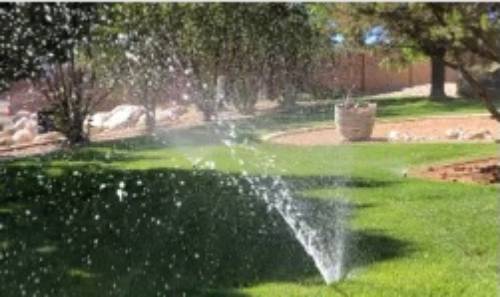
or damaged nozzle - The sprinkler nozzle may
be missing or broken off. In addition to wasting
water, this will have a negative impact on
water pressure, causing dry spots in the
lawn. Remove soil & repair.
Monthly Checklist
- Turn on each irrigation zone monthly and look for sunken, broken, tilted (Figures 3–6) or clogged heads and make necessary repairs.
- Observe the lowest head in each station for leaks or drainage. Install check valves where appropriate, or replace existing heads with heads that contain built-in check valves.
- Look for a very fine mist from spray heads caused by excessive pressure in the system.
- Correct the problem with a pressure regulator after the water meter or by installing pressure regulating sprinker heads.
- Check to see if the sprinklers are covering the desired area uniformly. If your pressure is too low, try watering at a different time of day or modifying your system so there are fewer sprinklers on each valve.
- Consider adjusting the spray patterns or replacing nozzles if areas are not being covered thoroughly.
- Look for overspray of sprinklers onto sidewalks, driveways, and streets. The sprinklers’ spray patterns should either be adjusted or changed to a pattern that will stay within the planting area.
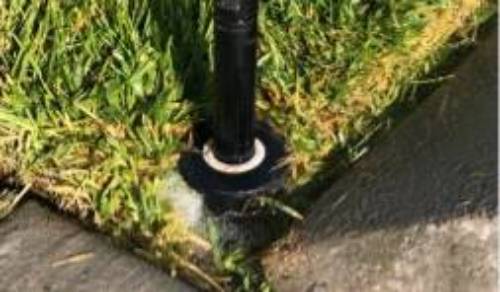
the water connection - Sprinkler body may be
cracked or broken at the water connection. In
addition to wasting water, this will have a
negative impact on water pressure, causing
dry spots in the lawn. Remove soil & repair.
- Look for blocked spray patterns. Remove vegetation and other obstructions that may be blocking the spray, or consider raising the heads.
- Check each head to see that it is at ground level. Raise sunken heads to grade or replace existing short pop-up heads in the lawn with taller pop-ups, as necessary (Figure 3). You can also trim around existing heads to avoid blocking the spray but you will have to do this on a continual basis.
- Text BoxHeads should be aligned vertically, except in sloped areas. In a sloped area, heads should be aligned perpendicular to the slope to achieve proper coverage. Tilted heads can cause ponding and uneven coverage (Figure 6).
- Check to see if you have head-to-head coverage between sprinklers. If necessary, consult a qualified professional to design a system with head-to-head spacing.
- Replace clogged drip emitters. If the system does not have a water filter, install one.
- Check for emitters that have popped off tubing because of high pressure. Install a pressure regulator on the valve for all drip stations.
- Check to see that all emitters are in place. Replace missing and broken emitters to keep your system running efficiently. Visit your local irrigation supply store for needed materials.
- Look for pinched or broken tubing and straighten or replace it. Visit your local irrigation supply store for needed materials.
- Make sure all tubing is attached to the appropriate emitters and that connections are secure.
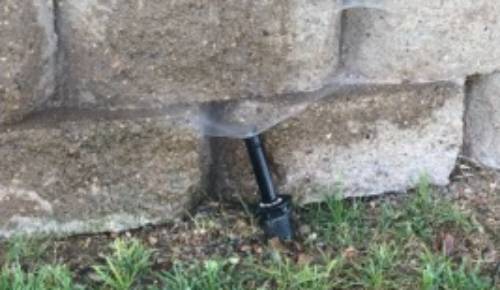
of tilt can cause dry spots in the lawn. To
adjust, remove soil around the sprinkler
head, re-adjust and replace soil.
Winterization
- Turn off the irritation water at the main water supply.
- Release pressure in each irrigation zone by turning on each valve.
- If applicable, open the drain valves. If you don't have drain valves, use an air compressor to force excess water out of the irrigation lines. You may wish to have your irrigation system blown out by an irrigation professional. Consult your local irrigation supply store for a recommendation.
- Turn the irrigation controller to the off position.
Utah State University Extension
Peer-reviewed fact sheet
Download PDF
Authors
Candace Schaible, Horticulture and Water Conservation; Kelly Kopp, Extension Water Conservation and Turfgrass Specialist; Jennie Hoover, Water Conservation Specialist, Center for Water Efficient Landscaping
Related Research




